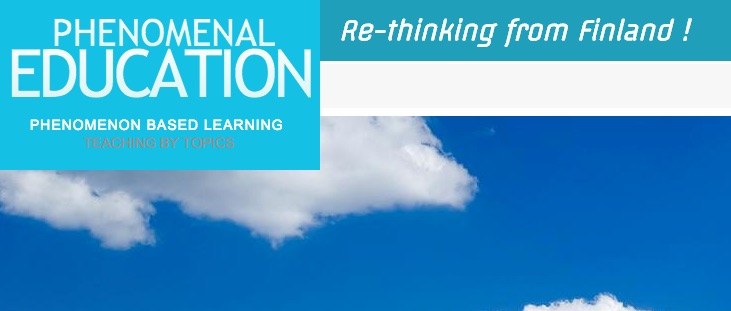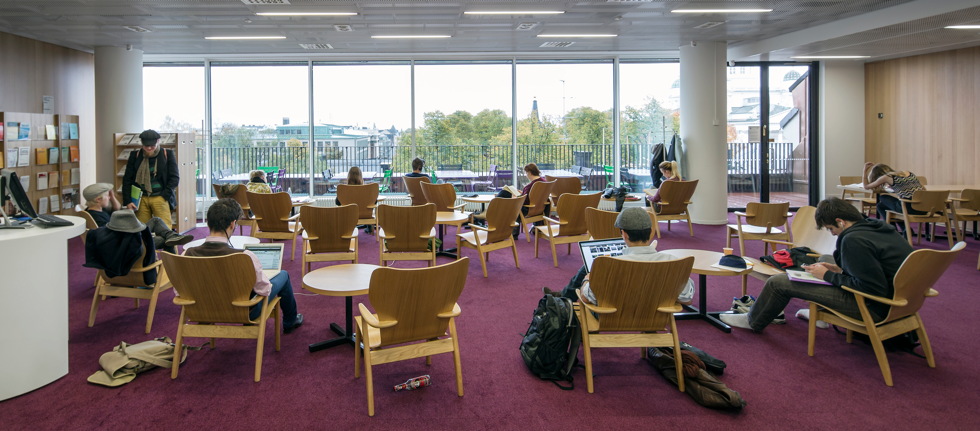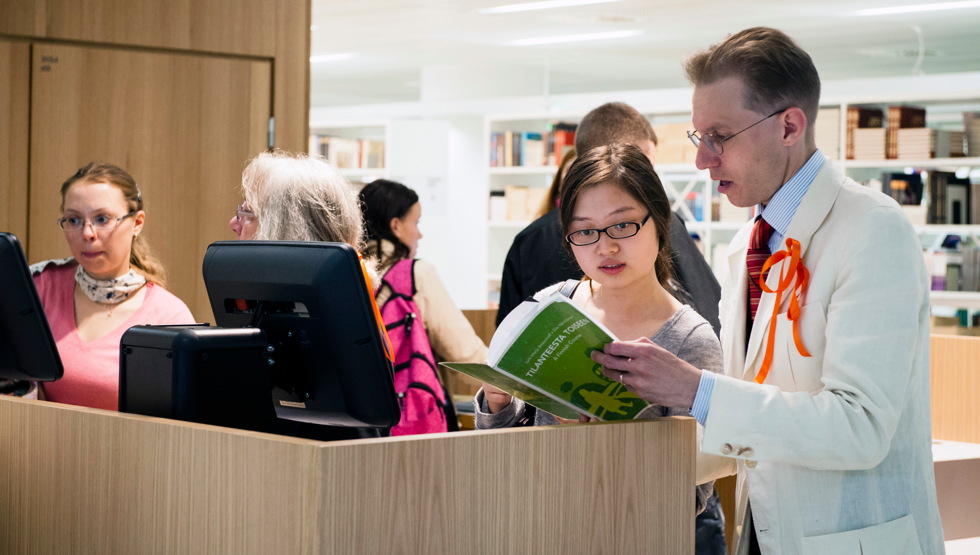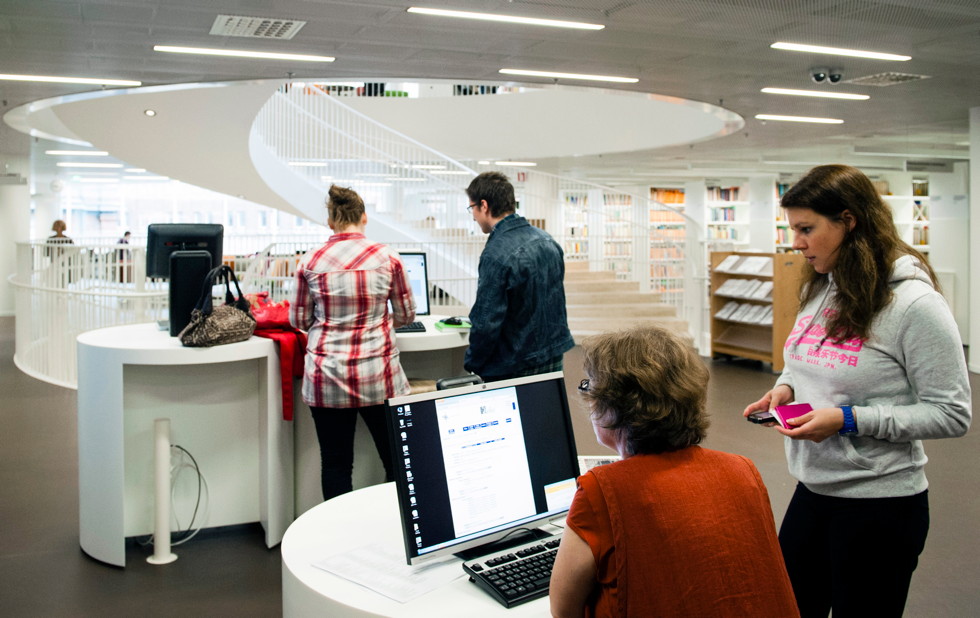For sure, all the digital disruption and changes of all business models and the way we will go about our lives in the future is putting pressure and new expectations on the education and schools. The solution comes from Finland.
ScandAsia turned to Finland to find out about the latest in education and look for any school model that fits today’s increasing digitalisation of our society and the skills-based future. And–spot on–the Nordic country, with its recently launched new national curriculum, is indeed on its way with this, by embracing what is called phenomenon-based learning. And such a path, that is inevitable for students to learn 21st century skills, in fact requires systematic change to our schools.

In focus is the book ‘How to create the school of the future – Revolutionary thinking and design from Finland’, written by Pasi Mattila and Pasi Silander, experts in learning environments and digitalization.
It provides a vision and the basis for development as well as ways of leading a change when moving from a traditional school towards the school of the future. It states that while Finnish schools prepare students well for their future technology and internationalisation have changed the nature of the work. Education and the school must be continuously developed so that they can keep up with the times. In this way, they will continue to offer a basis for future work, in which thinking skills, social interaction and information processing and production skills are emphasised.

The author’s take is the task for all educators worldwide is to provide kids with the skills they will need in their life. With the adequate skills learners can have success and build a good future for themselves.
“Education is a global issue and the challenges are quite similar in all the countries. In that sense we think it’s very important to publish the book based on some basic ideas we have done in Finland and give innovative ideas to other nations and schools. The situation is quite similar for example in neighbouring countries,” says author Pasi Silander who has background in learning psychology and pedagogy as well as in computer science.
“Education system change and curriculum reform are topical issues everywhere.”
Among other things, Paso has led the digitalization strategy process of the Helsinki City school district.
“We had so many visitors from the U.S. wanting to come to Helsinki and learn about our digitalisation and this phenomenon learning and build up the schools of the future, and we could not take them all. Then I decided to build the website, phenomenaleducation.infos.”
Critical thinking, problem-solving
In Finland, he says, the timing is right because of the new curriculum: “Teachers are very willing to change pedagogy and the education. And the main reason is that they see that students need a new set of skills to survive in their future working life and in the future global society. Critical thinking, problem-solving and design are the type of skills you cannot learn by reading books or by just having teachers telling you.”
Teachers, he says, are also excited that they can utilize different kind of skills. “Also, in modern society the skills and professions are totally different and we have to prepare our students to modern society.”

“These 21st century skills are something we have to learn in collaboration with other students. And I think teachers and our societies see that students must learn these skills, where the old-fashioned way isn’t the right method,” Pasi continues.
So, a different kind of pedagogy is needed, as a kind of deep learning giving real understanding. “The human being is a good example of phenomena: you have to understand biology, psychology, physiology, something about language and social sciences. It should be in the real authentic context.”
“The school of the future is based on the idea that the students develop their skills. The education system is competence-based so we need to really change the existing school culture if we want to promote the learning of these new competences skills,” he clarifies.
And the change needs to be systemic: “It’s is not just about the teacher in front of the classroom – we have to have a totally different learning environment.”
Phenomenon based learning
Pasi says it is quite easy to get going and promotes the following method: “The best one is when teachers get to work as teams, designing teaching and learning together in multi-professional teams. And within the existing curriculum it’s very easy to find different competences and skills. I would encourage the teachers to collaborate and think together about what are the competences the kids will need in the future.”

“A practical way to experience phenomenon based learning is to combine and integrate various kinds of school subjects, for example mathematics with arts, history and geography.”
Also, students get empowered to set up the own questions and goals. “They have to be involved in the process; to define what we do not know yet and what we want to know and learn, and need to learn to understand some phenomenon. Then one can continue using for example the case-based learning, project-based learning or students working in teams.”
In the example of Helsinki’s 130 schools almost all has implemented phenomenon-based learning to some extent. “Of course some are totally into this kind of model. Then we have some schools just taking their first couple of steps. I always say: It’s not just about the model; it’s about the pedagogical knowledge and the philosophy behind the model. So, it’s not just something that you implement as it is but it’s a philosophy of all learning and teaching.”
“The trickiest thing is that teachers sometimes have a sense that they will lose the control, because they must change their own profession and own mind-set; that it is more them being coaches and experts of learning and pedagogy,” says Pasi, in terms of the change implementation. “The information could be in the newspapers and the information is not in the teachers’ heads anymore or in the school books and this is the big transition so teachers have to change their mind-set that it’s no longer so much about them being experts in the subject domain anymore.”

Different skills
Even in Finland this is nothing short of challenging: “In fact it has meant a huge shift also there, because Finnish teachers are very traditional and our education system is very traditional – way more than in for instance Sweden. Still, we have managed to change it step by step. It’s not any easy process and of course it takes time.”
“Eventually teachers will need to have different skills in the future in order to provide the students with these. In Finland we have a nice model how we help the teachers with in-service training.”
As for information technology it can be used to enrich teaching and increase its methodical diversity. “But it’s also about how to use the technology. A big question is what kind of pedagogical processes we can enable via digital technology. And what is the pedagogical added value? And I always say: We do with the technology something that is impossible to do with a pen and paper. Then we get the new idea how the technology can be a tool for our thinking and learning and is more or less a cognitive tool.”
The book phenomenon-based learning book helps with the decision to develop schools and learning environments. It is even more important to know how to take the first steps in development, how to start the development and what to invest in – so that the change process can begin, states the authors.
“You cannot copy the system as it is but it can give you ideas and new tools how to develop your own school or school district. That was our idea: to have tools for thinking, a base for the development of new ideas and making the local development. I believe that we have to empower the schools to develop themselves. Anyone else cannot develop; it has to be the teachers and principals in the schools,” states Pasi.
The on-going digital transformation is really the trigger. “And it’s a really big issue because we also realise that with the existing education methods and system we train our kids to compete with computers in the future, but will lose that competition. So we have to think up some skills that the kids will need in order to do something that computers cannot replace. I am a bit worried that not all realise how big he change from digitalisation will be and how much it will be change the professions in the future.”
